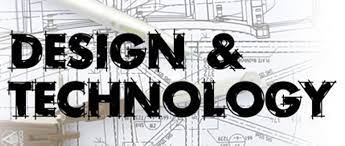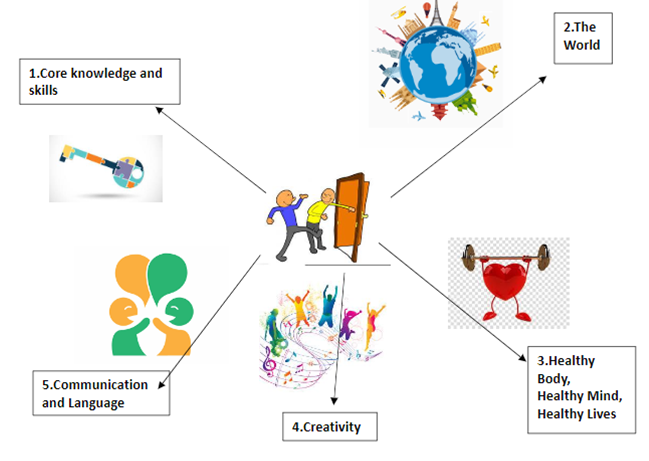
Welcome to our DT page.
Intent
OUR DT VISION
At Seven Stars we want our children to be using their creativity and imagination to design and make products that solve real and relevant problems, within a variety of contexts, considering their own and others’ needs, wants and values.
At Seven Stars we understand the importance of being able to design a product that has a clear purpose for a variety of contexts. We aim to take risks and independently choose and use resources effectively to make a functioning product. We consider the needs of others and understand the impact products can have on people and the environment.
Each class covers the objectives given in the National curriculum to design, make and evaluate products. These skills are then broken down using the Lancashire KLIPS. We use these to assess our stages of design, final products and evaluations. Our units also include skills in Food technology.
We have strong links with other subjects and come together with Science and Maths in our STEM week to help us understand that DT uses many skills from these areas as well. We understand the importance of links with the outside community and our children will often visit and receive talks from local businesses including Tesco, Leyland Trucks and Leyland Market.
We look forward to showing you some of our work.
Aims
At Seven Stars we believe in Design Technology the children should …
. Design and create products for a meaningful or realistic purpose
. Solve problems independently and in groups when designing and making problems.
. To build up a repertoire of knowledge, skills and understanding in order to design and make high quality prototypes and products for a wide range of users.
. Be able to critique, evaluate and test their ideas and the work of others.
. Use the environment around them (especially the outdoors) to support enquiry or investigation.
. Select and use appropriate tools correctly and purposefully in an independent way.
Open Doors Curriculum
At Seven Stars we want to open doors for our children that might otherwise be closed in order to provide them with the knowledge, understanding and skills for them to become successful learners who can aspire to a life of flourishing and contribute to the flourishing of others in society.
At Seven Stars we believe in Design Technology the children should …
. Design and create products for a meaningful or realistic purpose
. Solve problems independently and in groups when designing and making problems.
. To build up a repertoire of knowledge, skills and understanding in order to design and make high quality prototypes and products for a wide range of users.
. Be able to critique, evaluate and test their ideas and the work of others.
. Use the environment around them (especially the outdoors) to support enquiry or investigation.
. Select and use appropriate tools correctly and purposefully in an independent way.
At Seven Stars we want to open doors for our children that might otherwise be closed in order to provide them with the knowledge, understanding and skills for them to become successful learners who can aspire to a life of flourishing and contribute to the flourishing of others in society.

Opening Doors in DT
- Core knowledge and skills
It is important that our children understand the full process of creating a product and how it meets the needs and purpose of the customer. At Seven Stars we use both the knowledge and processes to design and create products for different purposes. Children acquire a broad range of subject knowledge and draw on their skills from other subjects such as maths, ICT and Art to support them in the design and making process. The children are using their skills to solve real and relevant problems in a variety of contexts.
- The World
In DT our children learn how to take risks, becoming resourceful, innovative, enterprising and capable citizens. Through the evaluation of past and present design and technology, they develop a critical understanding of its impact on daily life and the wider world. High-quality design and technology education makes an essential contribution to the creativity, culture, wealth and well-being of the nation.
- Health body, Healthy mind and Healthy lives
Seven Stars recognises the importance of supporting each other in order to live healthy and fulfilling lives. Our design technology curriculum provides the tools for our children to produce ideas that will support and encourage people to be healthy and have a better quality of life. Our food technology units focus on a healthy diet and keeping safe in the kitchen. The children test and make improvements on the products they create so they are safe and work well for their target market.
- Creativity
DT at Seven Stars begins with the creativity and imagination of our children. New and innovative ideas are encouraged and children are free to think and develop designing and making skills using the equipment they need.
- Communication and Language
In our DT curriculum the children are encouraged to question and find out the needs of the consumer in order to develop their product. They need to be able to establish the wants, needs and values of the consumer and use this to lead their design Vocabulary is used throughout the design and making process and particularly when explaining why their product is fit for purpose.
Implementation
How do we deliver DT at Seven Stars Primary School?
. All classes are given Medium term planning through the use of the Kapow online scheme of work which has been approved by subject lead through consultation of the staff and governors.
. Each DT unit comes with a knowledge organiser that is visible in their DT folders and used by the children.
. DT is taught for at least 1 hour each week for one three half terms in the year. This covers all the main elements of Design technology: cooking and nutrition, Electrical systems, mechanical systems, structures, textiles and the digital world.
. Teachers use a variety of resources to ensure hands on and practical learning so children can test their knowledge and apply their skills effectively. The resources provide the opportunity for the children to be designing and making products that are relevant, fit for purpose and with a identified user.
.KS teams are free to decide which units are being taught between the classes to ensure there is coverage of all 6 key DT elements
. Special STEM weeks are planned into the timetable each year where the children can practise their skills and share their products during our STEM fair.
. Visitors are invited into school from Stem Ambassadors to give children insight into the real world of Design technology.
. All children have an individual DT folders
. Assessment in DT takes place through lessons with quiz questions, mind maps and information retrieval. Children also complete the end of unit assessments which will then inform teacher's planning.
Impact
The impact of the teaching and learning of Design Technology is evident in our work and environment.
- Children will have the knowledge and skills and needed to design and create products against specification that meet user needs
- Through our DT curriculum the children gain a better understanding of real life products and the process taken to create them on a individual and mass production basis.
- Children are becoming independent learners using their own creative thought processes that are decided from investigating real life products.
- Children will have a secure understanding of, and be able to apply the DT skills that progress through each year group.
- Children can evaluate products they have made and suggest improvements based on testing
- Impact is measured through qualitative assessment as mentioned above. In addition, we measure impact by carrying out annual pupil/staff/parent questionnaires and interviews and book monitoring.
Design Technology around School
At Seven Stars, each class has a Theme display board that shows what they are doing in DT that term. It also shows the vocabulary suitable for that unit and examples of designs and specifications the children have created. The final products are shared and tested during STEM week and we intend to display finished products in a new cabinet display in the main corridor. We also have DT folders to record our individual work.